Indian cricketer Suryakumar Yadav recently underwent surgery in Europe to address a sports hernia. The 34-year-old announced the procedure on social media, stating, "Life Update: Underwent surgery for a sports hernia in the lower right abdomen. Grateful to share that after a smooth surgery, I’m already on the road to recovery. Can’t wait to be back." But what exactly is a sports hernia, and how does it differ from a regular hernia? Let's delve into the details of this condition.
A sports hernia, also known as athletic pubalgia, is a painful injury affecting the soft tissues in the lower abdomen or groin area. Unlike a traditional hernia, a sports hernia doesn't present as a visible bulge. Instead, it involves a tear or strain of muscles, tendons, or ligaments in the groin region, leading to persistent pain that intensifies with sudden movements.
Athletes like Suryakumar Yadav are particularly susceptible to sports hernias. These injuries commonly occur in sports that demand sudden changes in direction, twisting motions, or intense forceful movements, such as batting, fielding, soccer, football, hockey, and wrestling.
Unlike an inguinal hernia, where an organ or tissue protrudes through a weakened muscle causing a visible lump, a sports hernia involves a tear or weakness in the muscles or tendons without any visible bulge. This can make diagnosis challenging, but the condition causes significant pain and discomfort, especially during physical activity.
The primary symptom of a sports hernia is pain in the groin or lower abdomen. This pain may arise suddenly during an injury or develop gradually over time due to repetitive movements. Key symptoms to watch out for include:

The absence of a visible bulge and the broad distribution of pain can make it difficult to pinpoint the exact location of the hernia. The injury may also cause stiffness and soreness after physical activity, hindering the ability to continue playing or exercising.
Sports hernias are typically caused by repetitive movements that strain the muscles and tendons in the lower abdomen and groin. The injury occurs when these soft tissues are stretched or torn due to sudden twisting of the pelvis.
Treatment for a sports hernia depends on the severity of the injury. Available options include:
Avoiding activities that cause pain, especially twisting and sudden movements, allows the tissues to heal, although this process can be lengthy.

A structured rehabilitation program focuses on strengthening the abdominal and hip muscles, improving flexibility, and correcting muscle imbalances. Physical therapy is often the first line of treatment.
Nonsteroidal anti-inflammatory drugs (NSAIDs) can help reduce pain and inflammation, although they do not address the underlying issue.
If symptoms persist despite conservative treatment, surgery may be necessary to repair the torn tissues. Surgical options include repairing or reinforcing the damaged tendons and muscles around the pubic bone. Surgery typically leads to a good recovery and a gradual return to sports activities.
Newer articles
 The 'Good Cop, Bad Cop' Parenting Strategy: Does It Do More Harm Than Good?
The 'Good Cop, Bad Cop' Parenting Strategy: Does It Do More Harm Than Good?
 5 Natural Ways to Strengthen Your Heart and Reduce Disease Risk
5 Natural Ways to Strengthen Your Heart and Reduce Disease Risk
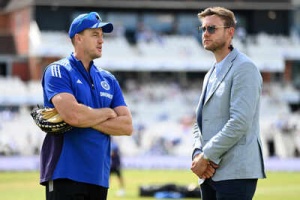 Broadside: Broad Slams India's Team Choices After Headingley Test, Calls for Edgbaston XI Changes
Broadside: Broad Slams India's Team Choices After Headingley Test, Calls for Edgbaston XI Changes
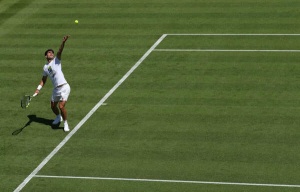 Wimbledon Serves Up India: Tennis Giant Courts Cricket-Crazy Nation for Growth
Wimbledon Serves Up India: Tennis Giant Courts Cricket-Crazy Nation for Growth
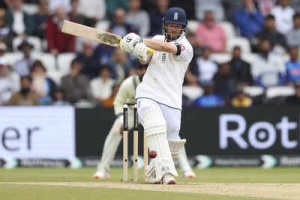 England's Ben Duckett: The New Virender Sehwag? Former Coach Draws Bold Comparison
England's Ben Duckett: The New Virender Sehwag? Former Coach Draws Bold Comparison
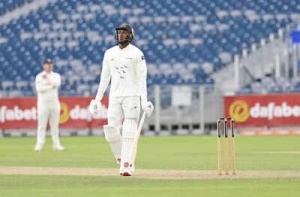 Archer Set for England Return? Broad and Buttler Advocate for Pacer's Second Test Inclusion
Archer Set for England Return? Broad and Buttler Advocate for Pacer's Second Test Inclusion
 Ashada Gupt Navratri 2025: Unveiling Dates, Timings, and Esoteric Significance
Ashada Gupt Navratri 2025: Unveiling Dates, Timings, and Esoteric Significance
 Suryakumar Yadav's Sports Hernia Surgery: What It Is, Who's at Risk, and Path to Recovery
Suryakumar Yadav's Sports Hernia Surgery: What It Is, Who's at Risk, and Path to Recovery
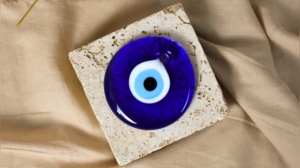 The Evil Eye: Protective Charm or Portal to Darkness? Exploring the Symbol's Dual Interpretations
The Evil Eye: Protective Charm or Portal to Darkness? Exploring the Symbol's Dual Interpretations
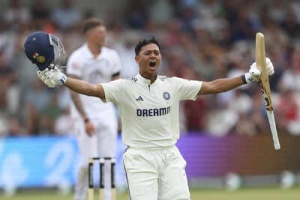 Jaiswal Eyes Gavaskar's 49-Year Record: India's Opener Nears Milestone 2,000 Test Runs in Edgbaston Clash
Jaiswal Eyes Gavaskar's 49-Year Record: India's Opener Nears Milestone 2,000 Test Runs in Edgbaston Clash